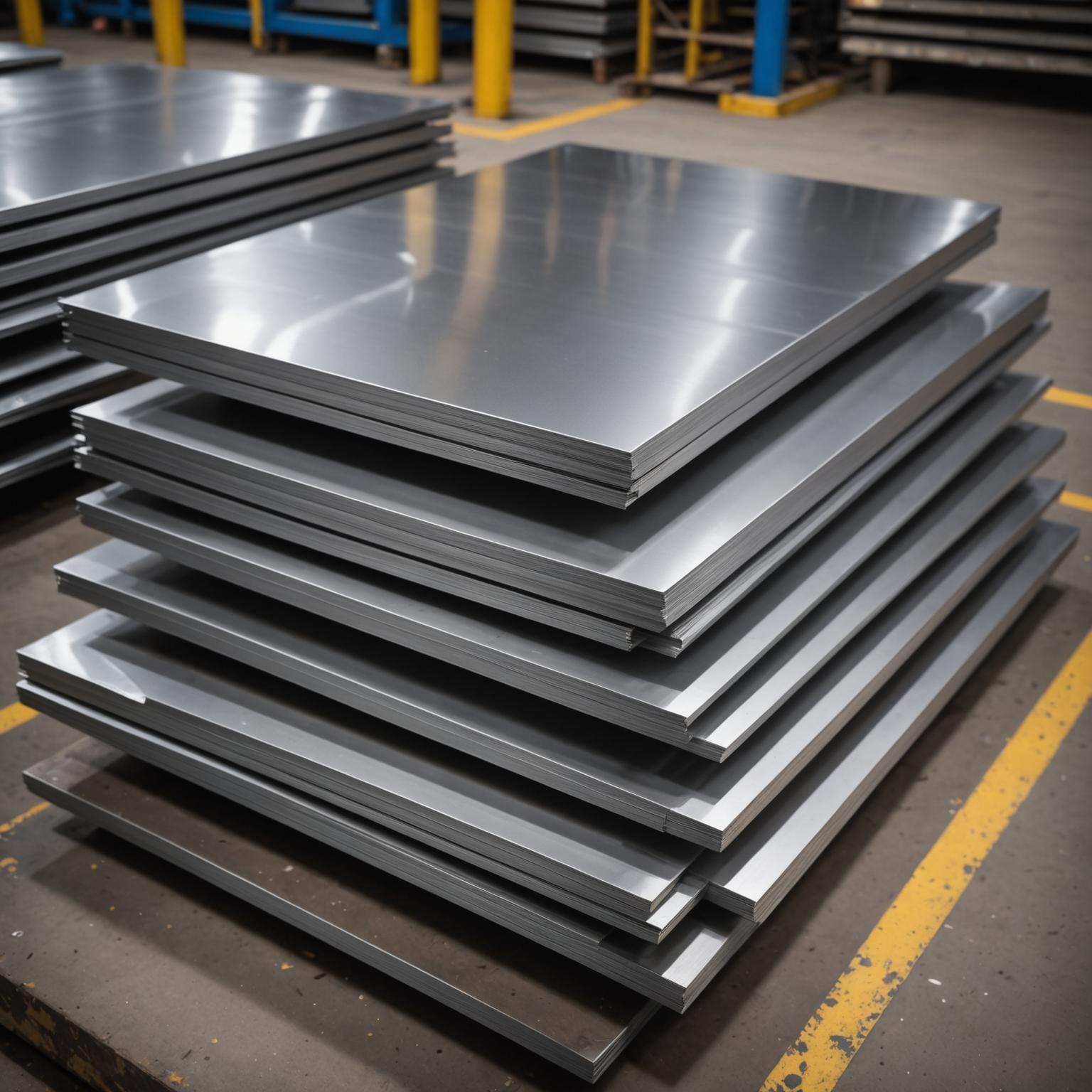When embarking on a new project, whether it's for an architectural, industrial, or decorative application, selecting the right material is the foundation of success. The debate over using a 304 vs 430 stainless steel sheet is common, as both materials offer a clean aesthetic and the durability associated with stainless steel. However, their underlying properties are significantly different, and understanding these distinctions is crucial for ensuring the longevity, performance, and cost-effectiveness of your work. This guide will walk you through the characteristics of each alloy to help you determine which is better for your project.
What Is Stainless Steel?
Before diving into a direct comparison, it's helpful to understand what makes steel “stainless.” Stainless steel is an iron-based alloy that must contain a minimum of 10.5% chromium. The chromium is the key ingredient; it reacts with oxygen to form a thin, invisible, and passive layer of chromium oxide on the surface of the steel. This passive layer is what protects the steel from corrosion and rust, giving it its “stainless” quality. Beyond chromium, other elements like nickel, molybdenum, and manganese are added to create different grades of stainless steel, each with unique properties. These grades are broadly categorized into families, with 304 belonging to the austenitic family and 430 to the ferritic family, which is the primary source of their differences.
A Closer Look at 304 Stainless Steel
Grade 304 is the most widely used stainless steel in the world, often referred to as 18/8 steel because of its typical composition of 18% chromium and 8% nickel. The inclusion of nickel is what places it in the austenitic category. This structure makes 304 non-magnetic and gives it exceptional formability and weldability. Its most celebrated feature is its superior corrosion resistance. The nickel content significantly enhances its ability to withstand a wide range of corrosive agents, including acids found in foods, sterilizing solutions, and most organic and inorganic chemicals. This makes it an ideal choice for applications where hygiene and resistance to oxidation are paramount, such as in food processing equipment, kitchen sinks, chemical tanks, and high-end architectural paneling. Its ability to be deep drawn and formed without cracking makes it incredibly versatile for complex shapes and fabrications.
Understanding 430 Stainless Steel
Grade 430 stainless steel, on the other hand, is part of the ferritic family. It contains a higher percentage of chromium (around 17%) but has a negligible amount of nickel. The absence of nickel makes it a more cost-effective option than 304. Its ferritic structure means that 430 stainless steel is magnetic. While it offers good corrosion resistance to many substances, particularly in mild atmospheric conditions and against nitric acid, it does not match the comprehensive protection of grade 304. It is more susceptible to corrosion in heavily polluted or coastal environments and from certain acidic compounds. Grade 430 is less ductile than 304, which means it is more challenging to form into complex shapes and is not recommended for applications requiring significant welding. Common uses include automotive trim, decorative interior elements, refrigerator panels, stove hoods, and other applications where high corrosion resistance is not the primary concern.
304 vs 430 Stainless Steel Sheet: Key Differences
To make an informed decision, it's best to compare these two materials directly across several key performance indicators. The primary distinction in the 304 vs 430 stainless steel sheet debate comes down to corrosion resistance and cost. Thanks to its nickel content, 304 offers far superior protection against rust and corrosion, making it suitable for outdoor, marine, and chemically aggressive environments. Grade 430 is best reserved for indoor or mild environments. This performance difference is directly tied to cost; the nickel in 304 is an expensive commodity, making it a pricier material than the nickel-free 430. In terms of durability and fabrication, 304's austenitic structure makes it easier to weld, bend, and form without risk of cracking. Grade 430 is more brittle and can be prone to cracking during intensive fabrication processes. Finally, a simple magnet test can tell them apart: 430 is magnetic, while 304 is not.
Which is Better for Your Project?
Answering the question of which material is better comes down to the specific demands of your application. You need to balance performance requirements with your budget. If your project will be exposed to moisture, chemicals, or salt, or if it requires extensive welding and forming, grade 304 is the clear winner. Its long-term durability in harsh conditions will justify the higher initial investment. It is the go-to material for food-grade surfaces, medical equipment, outdoor fixtures, and structural components. Conversely, if you are working on a budget-sensitive project intended for a controlled, indoor environment, grade 430 is an excellent choice. It provides the sleek look of stainless steel at a lower price point and is perfectly suitable for decorative trim, appliance panels, and other interior applications where magnetism is not a concern and the risk of corrosion is low. Considering these factors is key to deciding which is better for your project.
Final Thoughts on Your Material Selection
Ultimately, both 304 and 430 are excellent materials when used in the correct context. The choice is not about one being definitively superior to the other but about which one is the right fit for the job at hand. By evaluating the environmental conditions, fabrication requirements, and budgetary constraints of your project, you can confidently select the stainless steel sheet that will deliver the best value and performance. Making this informed decision ensures your final product is not only aesthetically pleasing but also structurally sound and built to last.








